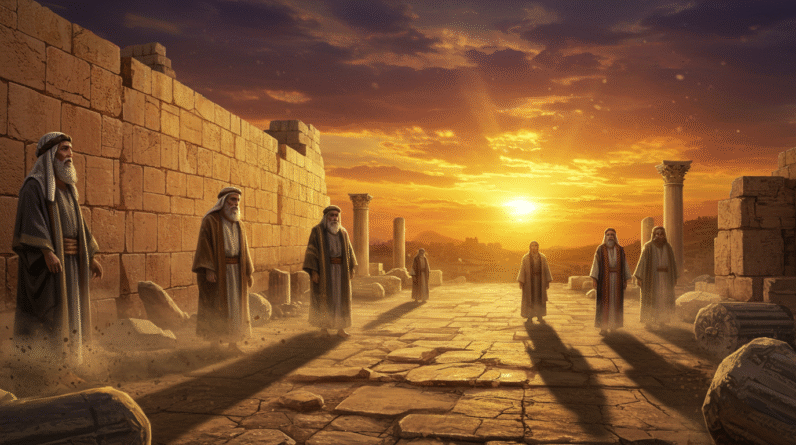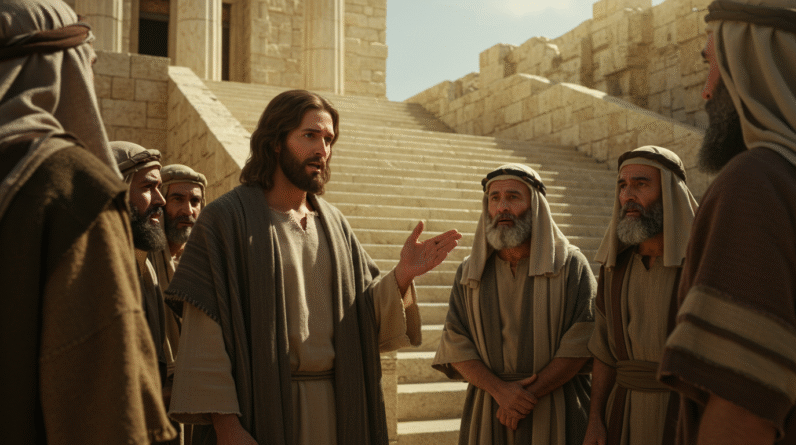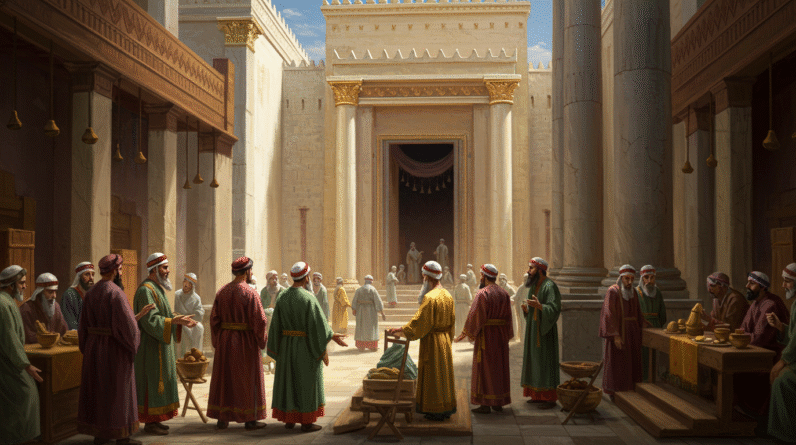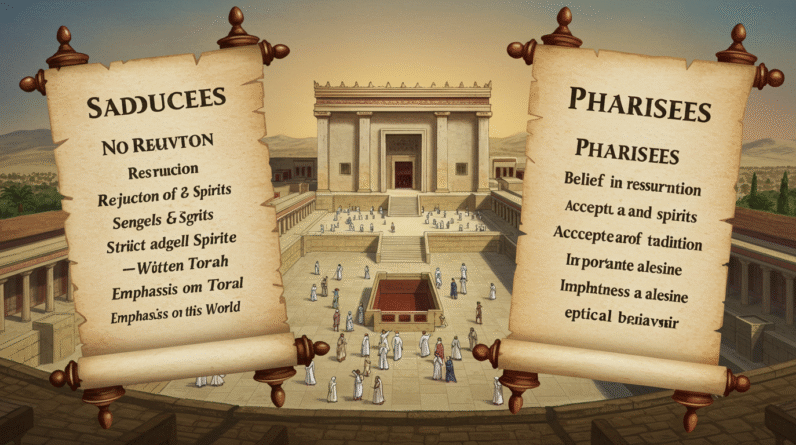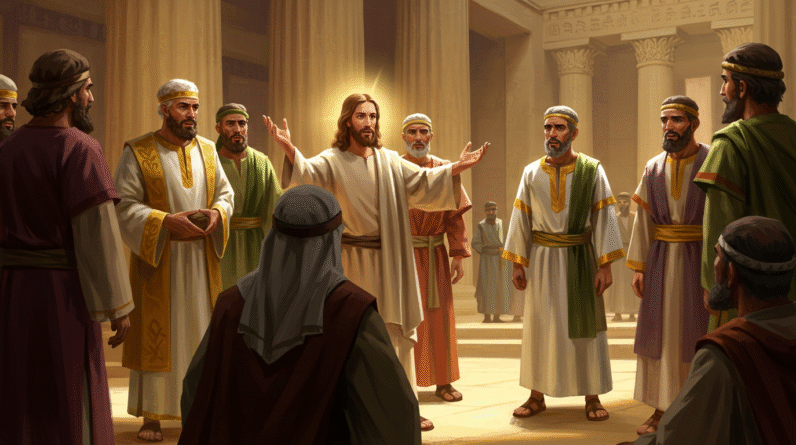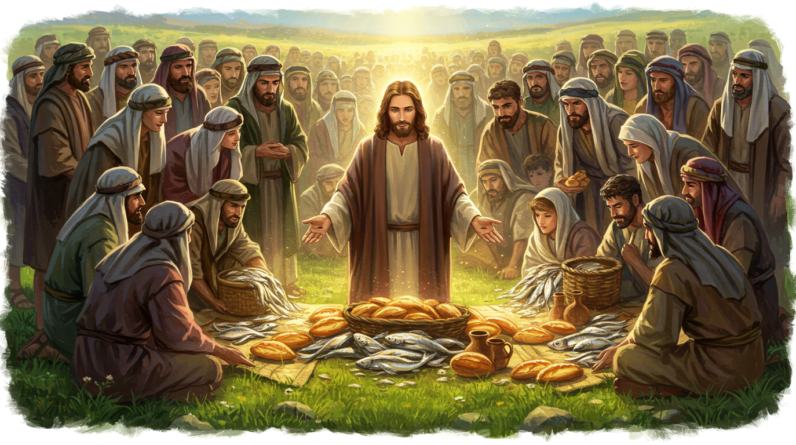Explore the Moabites’ duality in the Bible—conflict and redemption—through Ruth and Numbers. Discover timeless lessons on influence, loyalty, and transformation.
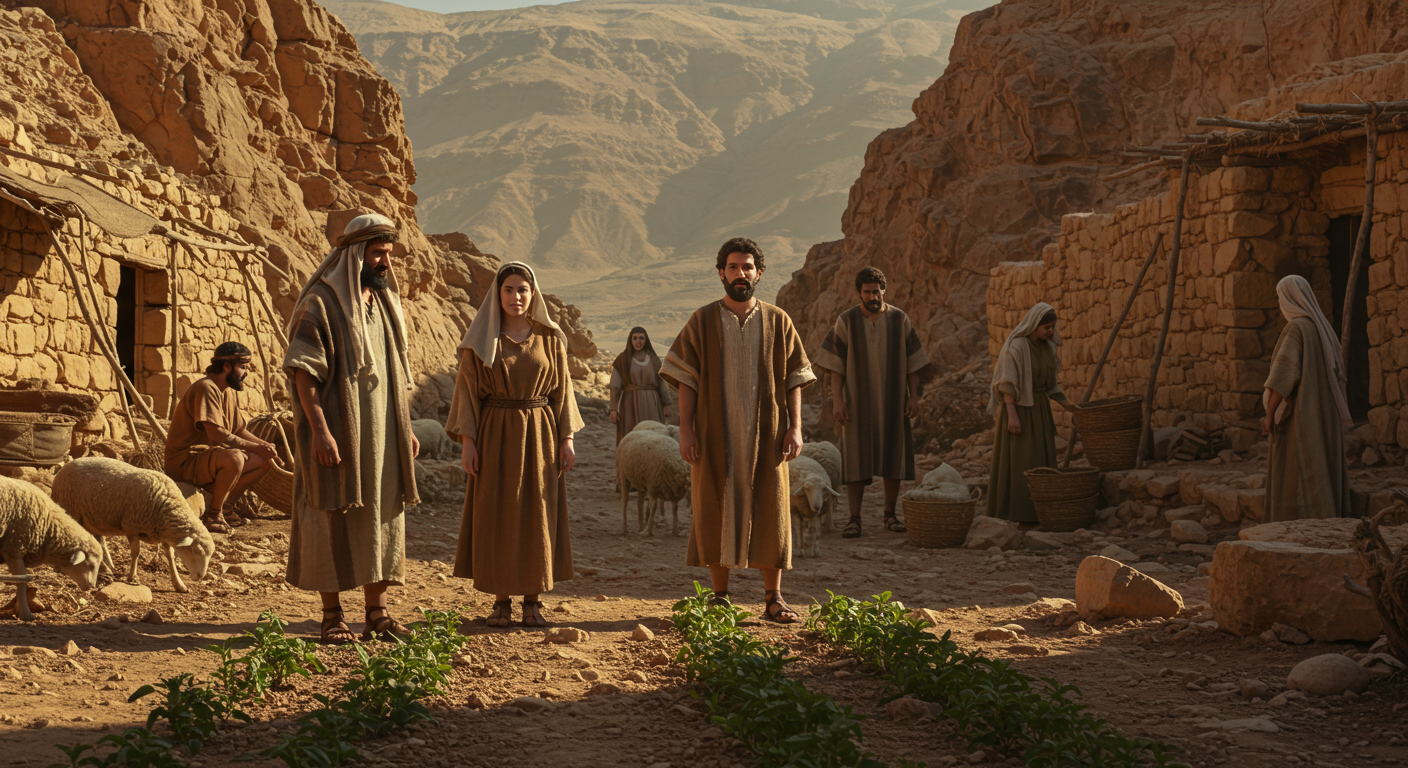
The Moabites – Ruth 1:1-5; Numbers 25:1-9
In the grand tapestry of biblical history, the Moabites emerge as a significant, albeit complicated, group. Their story interweaves with the Israelites at various points, sparking both conflict and unexpected kinship. The Moabites, descendants of Lot, a relative of Abraham, hold a peculiar position in the Biblical narrative, often oscillating between enmity and reluctant kinship with the Israelites. This duality is especially evident when examining key scripture passages such as Ruth 1:1-5 and the more tumultuous Numbers 25:1-9. These verses encapsulate their story and offer profound insights relevant to our modern lives.
Introduction to the Moabites
The Moabites, although somewhat on the periphery of the Israelite nation, frequently interacted with God’s chosen people. Their significance in the Bible is not immediately apparent until one delves deeper into stories like that of Ruth, a Moabite woman whose loyalty and faith led her into the lineage of King David and ultimately Jesus Christ, as narrated in Ruth 1:1-5. Meanwhile, the tensions between the Moabites and Israelites are starkly highlighted in Numbers 25:1-9, where the Moabites seduce the Israelites into sin, provoking divine wrath. These narratives shed light on the complexities of relationships and faith, resonating even in today’s world.
Their Story in the Bible
Moabite Origins
The Moabites trace their lineage to Lot, Abraham’s nephew. This familial connection is crucial as it sets the stage for the Moabites’ often tense yet intertwined relationship with Israel. The story takes its roots in a tale somewhat shrouded in discomfort, beginning in Genesis with Lot’s escape from Sodom and Gomorrah and stretching into how his daughters, believing they were the last humans on earth, bore children through him — one of whom was Moab, the progenitor of the Moabite people.
The Moabites first appear as a people in the wilderness narrative, where Moses leads the Israelites through lands fraught with danger and temptation. It is here in Numbers 25:1-9 that we witness a pivotal and dark chapter between the Moabites and Israelites. The Israelites engaged in idolatry and immorality influenced by the Moabites, which culminated in a severe plague as a divine punishment. The zeal of Phinehas, the grandson of Aaron, ended the plague, serving as a stark reminder of the consequences of straying from God’s commandments.
A Glimpse of Redemption
In stark contrast to the earlier hostility, the narrative of Ruth 1:1-5 opens a window to the possibilities of reconciliation and kinship. Ruth’s story begins in a time of famine, causing a family from Bethlehem to seek refuge in Moab. Here, Naomi’s sons marry Moabite women, Ruth and Orpah. While tragedy strikes, leaving Naomi and her daughters-in-law widowed, Ruth’s choice to stay with Naomi and return to Bethlehem transcends her Moabite identity. Her steadfast loyalty and decision to embrace Naomi’s God transform her story into one of love, redemption, and eternal legacy — so much so that Ruth becomes the great-grandmother of King David.
Lessons from Their Lives
The Consequences of Influence
The Moabites’ influence on the Israelites in Numbers 25:1-9 serves as a timeless lesson about the dangers of external pressures leading us away from our core values and beliefs. Just as the Israelites succumbed to the Moabite’s temptations, we too can find ourselves swayed by environments or associations that lead us down paths we might not typically choose. This story warns of the potential spiritual and communal costs of compromising our integrity.
Loyalty and Transformation
Conversely, Ruth exemplifies how loyalty and love can bridge cultural divides and bring about profound personal transformation. Her decision to stand by Naomi and adopt her faith amidst loss and adversity highlights the power of steadfast relationships and open-hearted commitments. Ruth shows us that our past or heritage doesn’t dictate our future or diminish our capacity to affect positive change. Her narrative in Ruth 1:1-5 teaches that embracing faith and compassion can propel us to significant, even historical, roles in our communities and beyond.
Connection to Today’s World
In today’s global society, where cultural and religious tensions often echo the ancient struggles between groups like the Moabites and Israelites, these biblical narratives offer poignant insights. The tensions seen in Numbers 25:1-9 remind us of the destructive potential of divisiveness and moral compromise. However, through Ruth’s life in Ruth 1:1-5, we also see the profound impact of empathy, loyalty, and intercultural harmony. Her story is a testament to breaking out of established molds — embracing change and growth — and underscores the beauty that can arise from acceptance and love across differences.
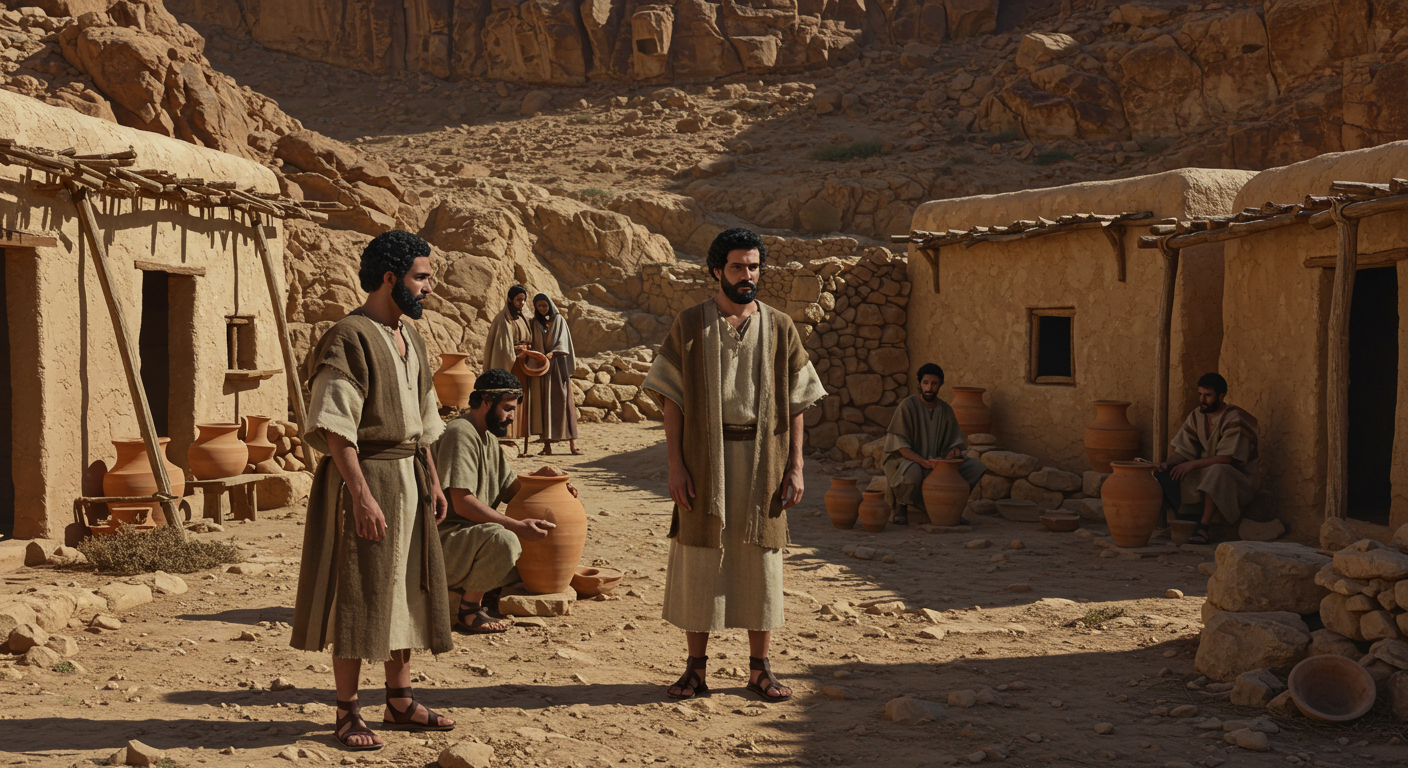
Key Bible Verse
One verse encapsulating the Moabite narrative of redemption and faith is Ruth’s poignant declaration: “Where you go, I will go, and where you stay, I will stay.” This vow symbolizes profound loyalty and commitment, revealing the transformative power of faith and love. It’s a reminder that our actions, grounded in faithfulness and chosen alliances, can weave new hopeful futures, bridging divides and nurturing growth.
Thought-Provoking Question
As you navigate your life, are you influenced by the world around you or are you the influence? Reflect on Ruth’s enduring loyalty versus the Moabites’ temptations of the Israelites. How can you ensure your steps align with a larger, divine purpose, fostering transformation and redemption for yourself and others?


